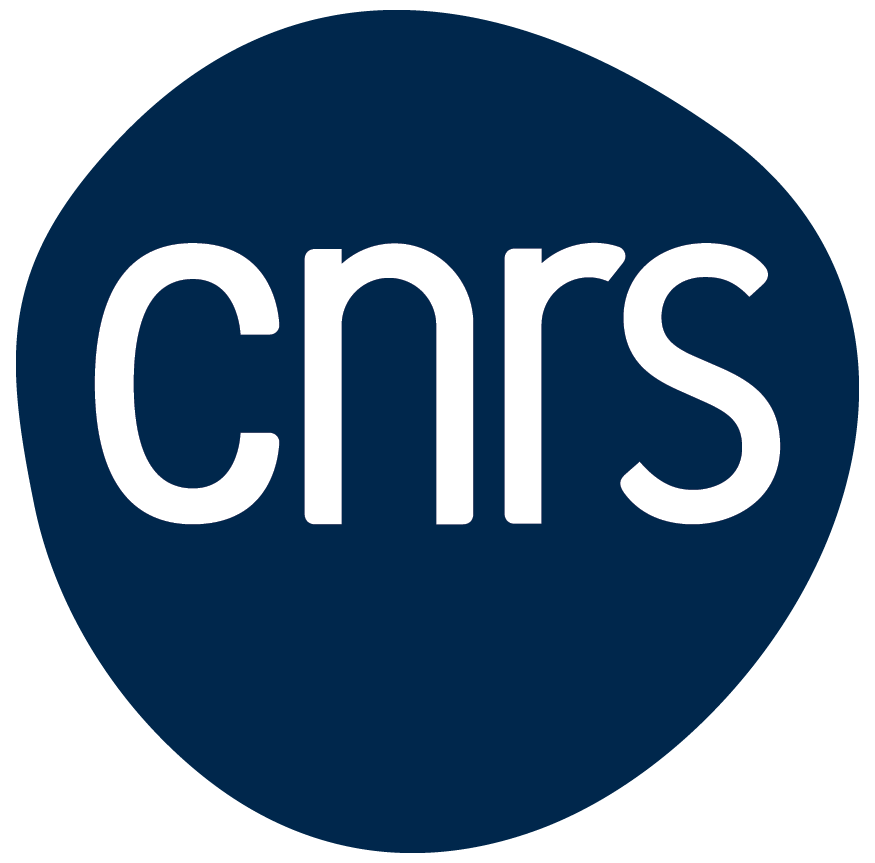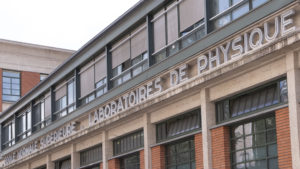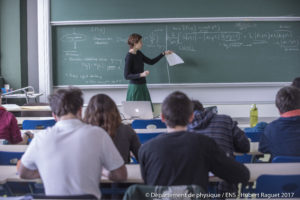For 15 years, scientists have been baffled by the mysterious way water flows through the tiny passages of carbon nanotubes — nanometric pipes with carbon walls. The fast streams confounded all theories of fluid dynamics, paradoxically passing more easily through narrower nanotubes and moving with almost no friction. What friction there was also defied explanation.
In an unprecedented mashup of fluid dynamics and quantum mechanics, researchers from Laboratoire de Physique et Laboratoire Pasteur, ENS and CNRS, report in a new theoretical study published on Februray 3 in Nature that they finally have an answer: ‘Quantum friction.’
The proposal is the first indication of quantum effects at the boundary of a solid and a liquid. Specifically, a quantum resonance (or rather its fine modulation) between the collective wiggling of flowing water molecules and the quantum excitations of electrons within the confining carbon channels (namely very low energy surface plasmons). This opens new avenues for the quantum engineering of water hydrodynamics at the smallest scales. One may tune water flows for example by specific surface electronic excitations, or twisting graphene by specific angles. Experiments are on their way to explore these counterintuitive predictions.
The theoretical findings could also have significant implications for proposed carbon material applications, such as filtering salt from seawater or generating energy using the difference in saltiness between saltwater and freshwater. Less friction means less energy is needed to force water through the tubes.
The carbon water couple is really odd, but this is a considerable asset for the water energy nexus. Quantum effects in nanofluidics are a new asset to perform better than Nature water machinery.

Quantum friction at liquid-solid interfaces
More:
Kavokine, N., Bocquet, ML. & Bocquet, L. Fluctuation-induced quantum friction in nanoscale water flows. Nature 602, 84–90 (2022)
DOI: 10.1038/s41586-021-04284-7
Author affiliation:
Laboratoire de physique de L’École normale supérieure (LPENS, ENS Paris/CNRS/Sorbonne Université/Université de Paris)
Corresponding author: Lydéric Bocquet
Communication contact: L’équipe de communication











